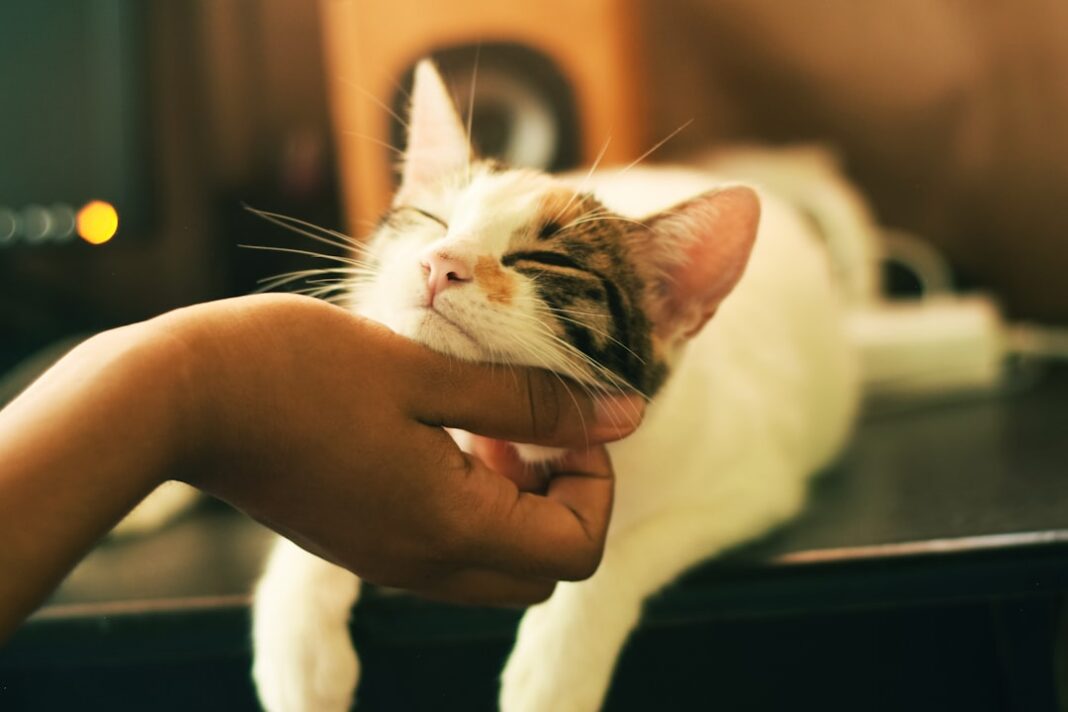“This post may contain affiliate links, if you click a link we may earn a commission if you purchase from that merchant.”
Pet insurance policy transfer refers to the process of transferring an existing pet insurance policy from one owner to another. This can occur when a pet is sold or given away to a new owner, or when the owner moves to a new state or country. Transferring a pet insurance policy is important because it ensures that the pet will continue to receive the necessary medical care and coverage, even under new ownership. It allows for a seamless transition of coverage and provides peace of mind for both the previous and new owners.
Table of Contents
Key Takeaways
- Pet insurance policy transfer is a process of transferring ownership of a pet insurance policy from one owner to another.
- Pet insurance is important to cover unexpected veterinary costs and provide peace of mind for pet owners.
- Major life events such as moving, divorce, or death may require pet insurance policy transfer.
- Factors to consider before transferring a pet insurance policy include coverage, deductibles, and pre-existing conditions.
- Types of pet insurance coverage available include accident-only, illness-only, and comprehensive coverage.
Understanding the Importance of Pet Insurance
Pet insurance is important because it provides financial protection for unexpected veterinary expenses. Just like humans, pets can experience accidents or develop illnesses that require medical attention. Without insurance, these costs can quickly add up and become a burden on the owner. Pet insurance helps to alleviate this financial burden by covering a portion of the veterinary expenses.
In addition to financial protection, pet insurance also provides peace of mind. Knowing that your pet is covered in case of an emergency or illness allows you to make decisions based on what is best for your pet’s health, rather than being limited by financial constraints. It also allows you to provide the necessary preventive care, such as vaccinations and regular check-ups, without worrying about the cost.
Major Life Events that Require Pet Insurance Policy Transfer
There are several major life events that may require a pet insurance policy transfer. One common scenario is when an owner moves to a new state or country. Different regions may have different insurance providers or policies available, so it may be necessary to transfer the existing policy to ensure continued coverage for the pet.
Another situation that may require a policy transfer is when an owner sells or gives away their pet. In this case, the new owner will need to assume responsibility for the pet’s insurance coverage. Transferring the policy ensures that the new owner has access to the same level of coverage and benefits as the previous owner.
Factors to Consider Before Transferring Your Pet Insurance Policy
Before transferring your pet insurance policy, there are several factors to consider. One important factor is the cost of transferring the policy. Some insurance companies may charge a fee for transferring the policy to a new owner. It is important to weigh the cost of the transfer against the benefits of continuing coverage for your pet.
Another factor to consider is the coverage of the new policy. It is important to review the terms and conditions of the new policy to ensure that it provides the same level of coverage as the previous policy. This includes checking for any exclusions or limitations that may affect your pet’s coverage.
Types of Pet Insurance Coverage Available
There are different types of pet insurance coverage available, each offering different levels of protection. One type of coverage is accident-only coverage, which covers veterinary expenses related to accidents, such as broken bones or injuries from car accidents. This type of coverage is typically more affordable but does not cover illnesses or pre-existing conditions.
Comprehensive coverage, on the other hand, provides coverage for both accidents and illnesses. This type of coverage is more comprehensive and typically includes preventive care, such as vaccinations and regular check-ups. It also covers pre-existing conditions, although there may be waiting periods before coverage begins.
How to Transfer Your Pet Insurance Policy to a New Owner
Transferring your pet insurance policy to a new owner can be done by following a few simple steps. The first step is to contact your insurance company and inform them of your intention to transfer the policy. They will provide you with the necessary forms and instructions for completing the transfer.
Once you have received the necessary forms, you will need to fill them out with the new owner’s information and submit them to the insurance company. It is important to provide accurate and up-to-date information to ensure a smooth transfer process.
Dealing with Veterinary Costs during Policy Transfer
During the policy transfer process, it is important to keep track of all veterinary costs and retain receipts and records. This will help to ensure that any claims made during the transfer process are properly processed and reimbursed. It is also important to inform the new owner of any ongoing medical conditions or treatments that the pet may have, as this may affect the coverage and reimbursement process.
The Role of Customer Service in Pet Insurance Policy Transfer
Good customer service is essential during the pet insurance policy transfer process. It is important to have a clear line of communication with the insurance company to address any questions or concerns that may arise. This includes providing timely updates on the status of the transfer and addressing any issues that may arise during the process.
To contact customer service, most insurance companies provide a dedicated phone line or email address for policyholders. It is important to have this information readily available and to reach out to customer service as soon as possible if any issues or questions arise.
Special Considerations for Senior Pets during Policy Transfer
When transferring a pet insurance policy for a senior pet, there are some special considerations to keep in mind. Some insurance companies may have age limits for coverage, meaning that they may not provide coverage for pets over a certain age. It is important to check the terms and conditions of the new policy to ensure that it provides coverage for your senior pet.
Another consideration is pre-existing conditions. If your senior pet has any pre-existing conditions, it is important to disclose this information to the new owner and the insurance company. Some policies may exclude coverage for pre-existing conditions, while others may provide limited coverage or require a waiting period before coverage begins.
Ensuring Your Pet’s Continual Coverage with a Smooth Policy Transfer Process
In conclusion, transferring a pet insurance policy is an important step in ensuring your pet’s continual coverage. It allows for a seamless transition of coverage and provides peace of mind for both the previous and new owners. Before transferring a policy, it is important to consider factors such as the cost of the transfer and the coverage of the new policy. It is also important to keep track of veterinary costs and retain receipts and records during the transfer process. Good customer service is essential during this process, and special considerations should be made for senior pets. By following these steps, you can ensure a smooth policy transfer process and provide continued coverage for your beloved pet.
If you’re considering transferring your pet insurance policy during major life events, it’s important to understand the process and potential challenges involved. However, it’s also crucial to have a comprehensive understanding of your insurance coverage in general. In a related article, “Is Life Insurance an Investment?” on Settle Insurance’s website, you can explore the concept of life insurance as an investment and gain insights into how it works. Understanding the intricacies of different insurance policies can help you make informed decisions when it comes to transferring your pet insurance or any other type of insurance policy.
FAQs
What is pet insurance?
Pet insurance is a type of insurance policy that covers the cost of veterinary care for your pet in case of illness or injury.
What are major life events?
Major life events are significant changes in your life that can affect your pet’s insurance policy. Examples include moving to a new state, getting married or divorced, or having a child.
Why would I need to transfer my pet insurance policy?
You may need to transfer your pet insurance policy if you move to a new state, change your marital status, or experience other major life events that affect your pet’s coverage.
How do I transfer my pet insurance policy?
To transfer your pet insurance policy, you will need to contact your insurance provider and provide them with the necessary information about your new address or other changes in your life circumstances.
What information do I need to provide to transfer my pet insurance policy?
You will need to provide your insurance provider with your new address, contact information, and any other relevant details about your new life circumstances.
Will my pet’s coverage change when I transfer my pet insurance policy?
Your pet’s coverage may change when you transfer your pet insurance policy, depending on the terms of your new policy and the specific coverage options available in your new location.
Can I transfer my pet insurance policy to a new provider?
Yes, you can transfer your pet insurance policy to a new provider if you are not satisfied with your current coverage or if you find a better policy elsewhere. However, you should carefully review the terms and conditions of any new policy before making a switch.






































